Xbox is a line of video game consoles created by Microsoft. The first Xbox was released on November 2001 in North America, followed by Australia and Europe in 2002. The original Xbox was discontinued in 2006, but it still has a loyal fan base today. Since then, there have been more Xbox consoles released. These consoles are still actively supported by Microsoft, with new games and updates being released regularly.
That said, here are all the Xbox consoles in order of release date.
Every Xbox Console in Release Order
Xbox (2001)

The first Xbox was Microsoft’s first foray into the gaming console market. It was powered by a 733 MHz Intel Pentium III processor and had 256 MB of RAM. The system also had a hard drive for storing games and other data. The first Xbox could connect to the internet via a dial-up connection or broadband adapter. It was discontinued in 2005, but the original Xbox laid the foundation for Microsoft’s gaming console business, which would go on to release the Xbox 360, Xbox One, and Xbox Series.
Xbox 360 (2005)

The second generation of the Xbox 360 was released in 2005. The console featured a new design, a smaller form factor, and an upgraded processor. It also included support for HDMI and 1080p output. Many users felt that the second-gen Xbox 360 was a significant improvement over the original model with its three-core 3.2 GHz PowerPC processor with 512 RAM.
With its more powerful hardware, it allowed Xbox 360 to produce 1080 p visuals up to 60 fps. What gave Xbox 360 its major edge over its predecessor was its audio capabilities supported by Dolby Digital 5.1, which allowed a major upgrade for an immersive gaming experience. Lastly, Xbox 360, with its upgraded online capabilities, allowed gamers to play with or against each other across platforms and download movies, music, and other services.
Xbox 360 S (2010)

In 2010, Microsoft released the Xbox 360 S (Slim). The console was a big improvement over its predecessor in terms of hardware. It had a larger hard drive, a built-in Wi-Fi adapter, and a smaller form factor. The Xbox 360 S also came with Kinect support out of the box and was very successful, selling well over 80 million units worldwide.
Aside from its size being its major difference as compared to its predecessor (Xbox 360), Xbox 360 S came with a 250 GB hard drive along with its upgraded hardware. This made it ideal for players who need additional storage for all their games and other forms of media. Xbox 360 S featured a built-in Media Center app allowing you to stream Netflix and Hulu Plus. When it comes to gaming, Xbox 360 S and Xbox 360 did not have much difference in the immersive experience they could provide.
Xbox 360 E (2013)
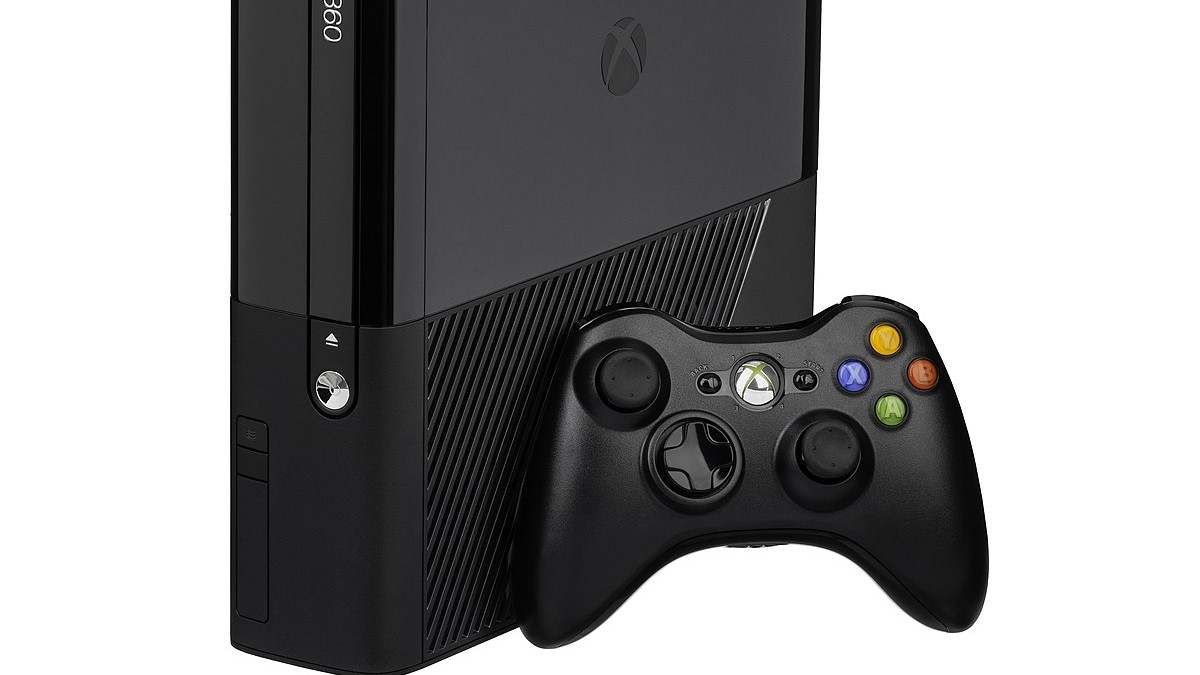
Xbox 360 E (Elite) is the last of the second-generation Xbox 360s. It was released in November 2013 and discontinued in 2016. It is similar to the Xbox One S in terms of specs, with a slightly upgraded CPU and GPU. The biggest difference is its lack of an optical drive, which was replaced by a 1TB hard drive. It also came with a Kinect sensor.
As far as performance goes, the Xbox 360 S has more power under the hood and can handle more intense gaming experiences, while the Xbox 360 E has less power and is better suited to more casual gaming. In terms of connectivity, both Xbox 360 E and Xbox 360 S feature Wi-Fi and HDMI outputs. Xbox 360 E does not have HD DVD drives and lacks an Ethernet port. The ability to accept up to two additional controllers via USB ports is what sets apart Xbox 360 E from its predecessors.
Xbox One (2013)
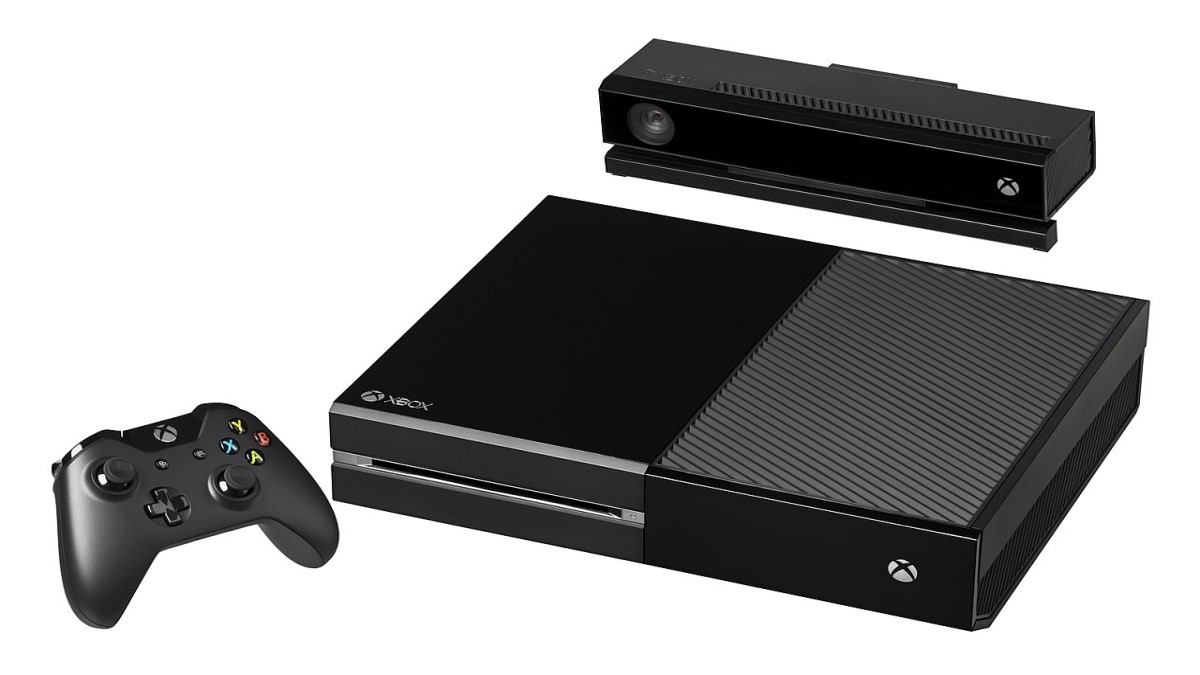
The third-gen Xbox One was released in 2013 and was the first of its kind to offer a truly next-generation gaming experience. It featured an all-new design, powerful internals, and an impressive lineup of launch titles that included Forza Motorsport 5 and Ryse: Son of Rome.
The Xbox One struggled initially against the more powerful PlayStation 4 but has since found its footing and is now considered one of the best consoles on the market. It has a strong line-up of exclusives that includes the likes of Halo 5: Guardians, Gears of War 4, and Forza Horizon 3.
The console is also now a part of Microsoft’s “One X” initiative, which means it is compatible with all Xbox One games. It also has the added bonus of being able to play some select Xbox 360 and original Xbox titles, like Final Fantasy XIII, Assassin’s Creed Liberation HD, and Prince of Persia.
Xbox One S (2016)

The Xbox One S was released in 2016 as the third generation of Xbox consoles. It is a slimmer version of the original Xbox One and comes with a range of new features including 4K video output, Blu-ray player support (allowing users to watch movies in stunning Ultra-HD resolution), and quantum dot display technology. This third-gen Xbox also has an updated user interface with a new home screen and dashboard design.
In terms of performance, both consoles offer similar gaming experiences with no significant differences between them. However, the Xbox One S is capable of running games at slightly higher frame rates thanks to its more powerful GPU and faster processor. Additionally, the Xbox One S supports HDR, which gives games a more vibrant and immersive look.
Xbox One X (2017)
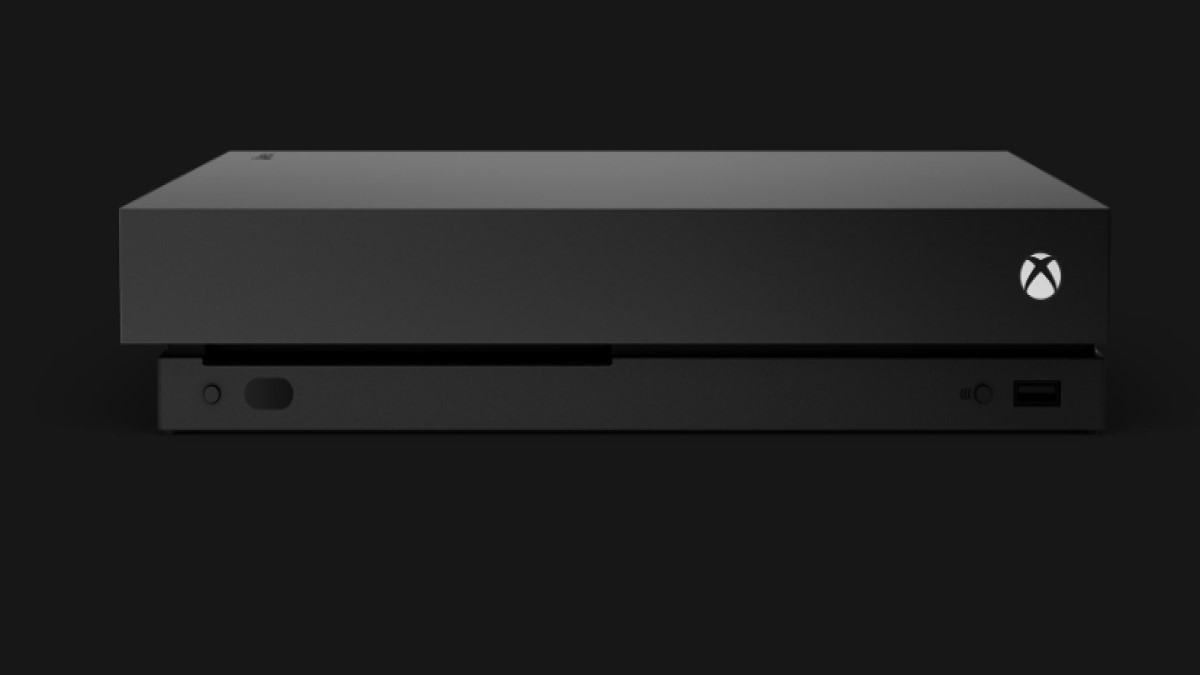
This console was released in 2017 and boasts some pretty impressive specs. It has a more powerful architecture compared to Xbox One S with its six Teraflop GPU, 12 GB of GDDR5 memory, and a 2.3 GHz octa-core processor, making it capable of running games at higher resolutions and frame rates, which makes it better suited for 4K gaming. The X, as mentioned, supports 4K resolution and HDR gaming. It is backward compatible with all Xbox One games and accessories, as well as many Xbox 360 games.
In terms of storage, Xbox One X offers a significant upgrade, compared to its predecessors, of 1 TB internal storage. Furthermore, it even supports external hard drives via its USB ports, allowing for an expansion of its capacity for up to 2 TB. If you are looking for a powerful gaming console that can handle 4K gaming and provide lots of storage space for your games and media files, then the Xbox One X is a great option.
Xbox Series X (2020)
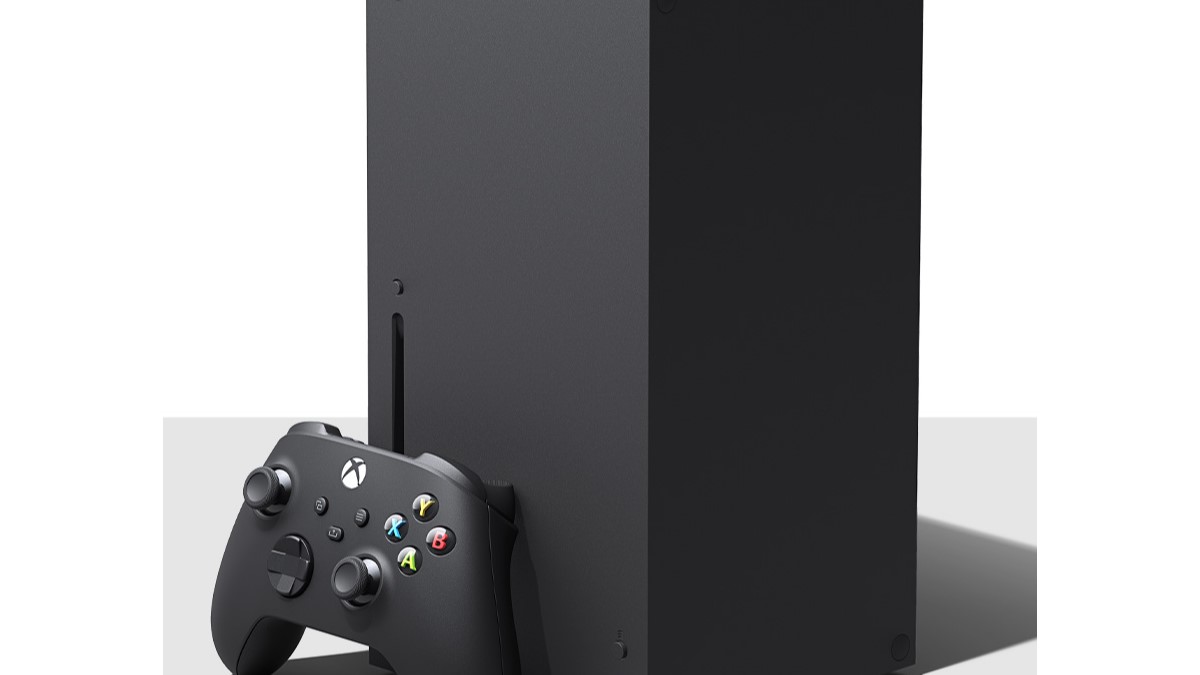
The latest release in the Xbox series is the Xbox Series X. This console, a chunky box-shaped console that takes up more space than its slimmer counterpart was released in 2020 and is the most powerful one yet. It has a custom-designed CPU, GPU, and SSD. The CPU is eight times more powerful than that of the Xbox One and the GPU is four times more powerful. The SSD allows for much faster loading times and overall gameplay. Another new feature of this console is that it can play games at 120 frames per second.
The Xbox Series X offers more raw power than the Xbox Series S with its 8-core AMD Zen 2 CPU and 12 teraflops of GPU power. This makes it the ideal choice for gamers who want to play demanding titles at their highest settings. In terms of storage capacity, Xbox Series X comes with a 1 TB hard drive, and it supports external storage such as USB drives or external hard drives whenever you find yourself needing additional space. The Xbox Series X offers more power and storage, making it the better choice for gamers who want to experience cutting-edge titles at 4K resolution.
Xbox Series S (2020)
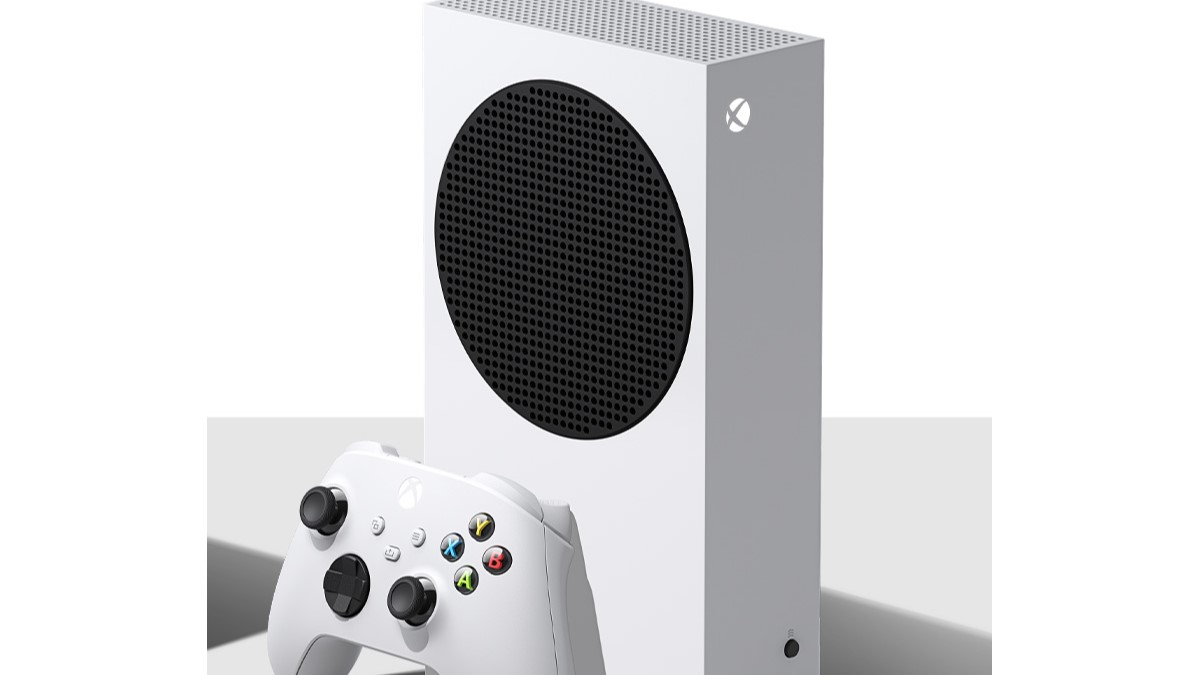
The Xbox Series S was released alongside the more powerful Xbox Series X. The two consoles share many features, but the main difference is that the Xbox Series S targets 1440p resolution at 60fps instead of 4K like the Xbox Series X. This makes the Xbox Series S a more affordable option for those who don’t have a 4K TV or don’t care about 4K gaming.
As Xbox Series S is a more budget-friendly option, it still offers plenty of power with its four core/8 thread AMD Zen 2 processor and four teraflops of GPU performance. While not quite as powerful as Xbox Series X, this console still packs enough punch to run most modern games without sacrificing too much in terms of visuals. In terms of storage, it comes with 512 GB storage capacity making it more suitable for gamers who do not need as much space for their games and other media. If you are looking for a more affordable option that still gets the job done, then the Xbox Series S may be just what you need.


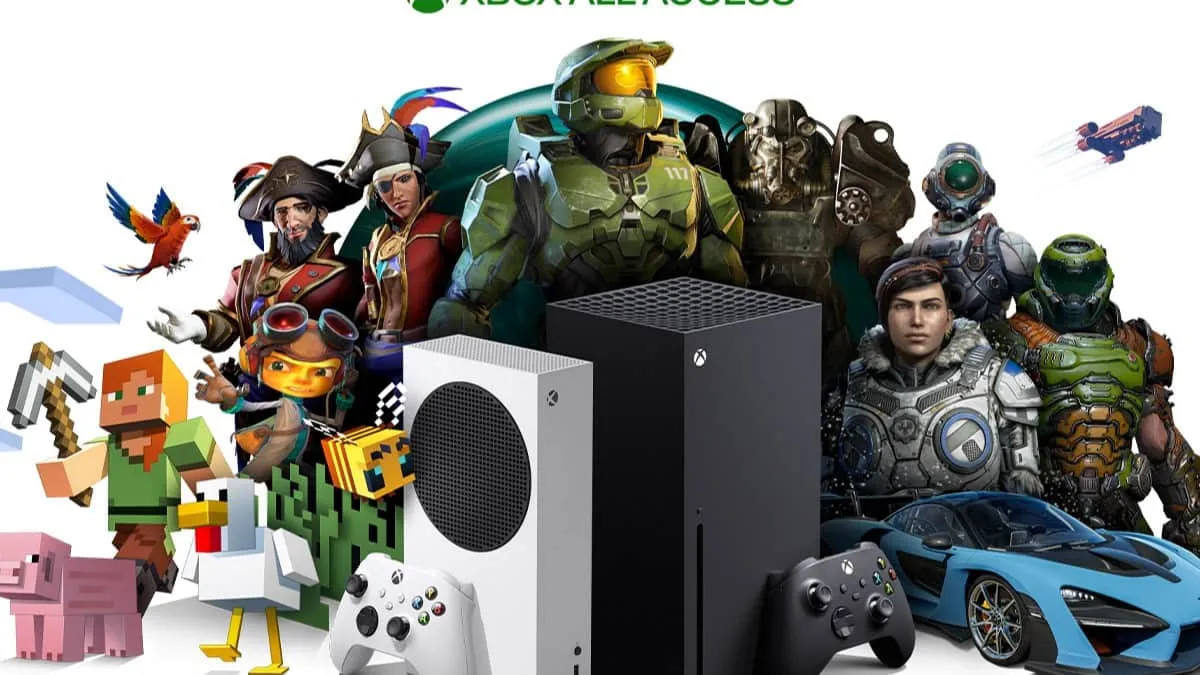





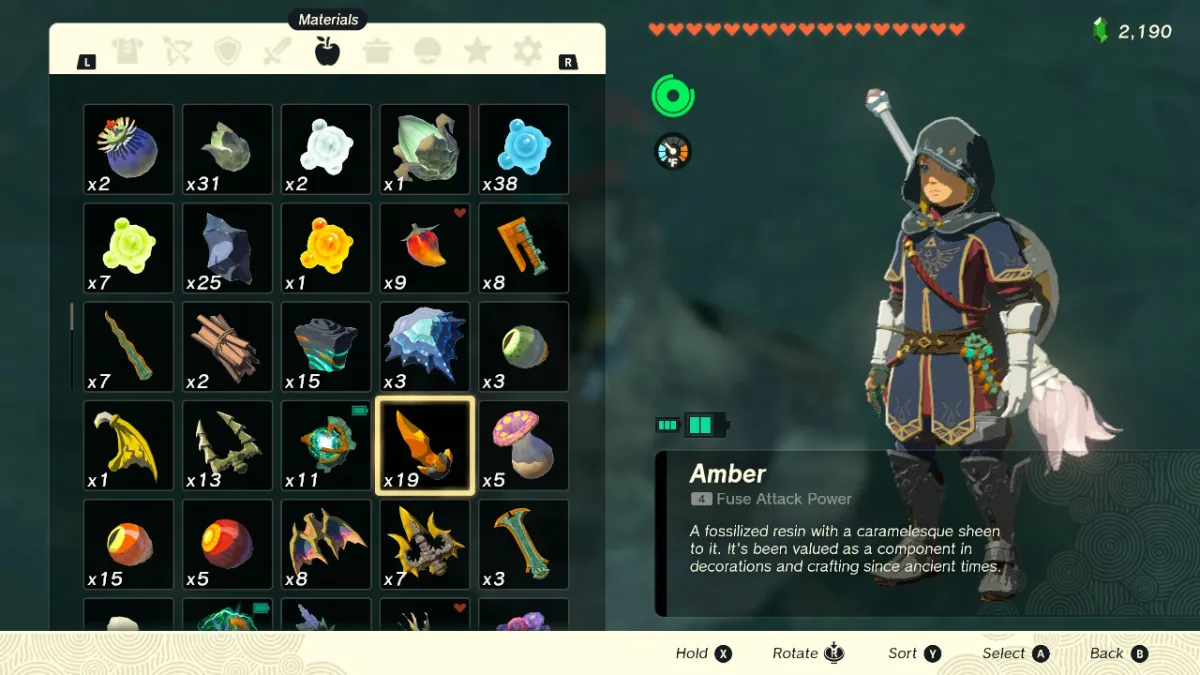


Published: Mar 24, 2023 04:47 pm